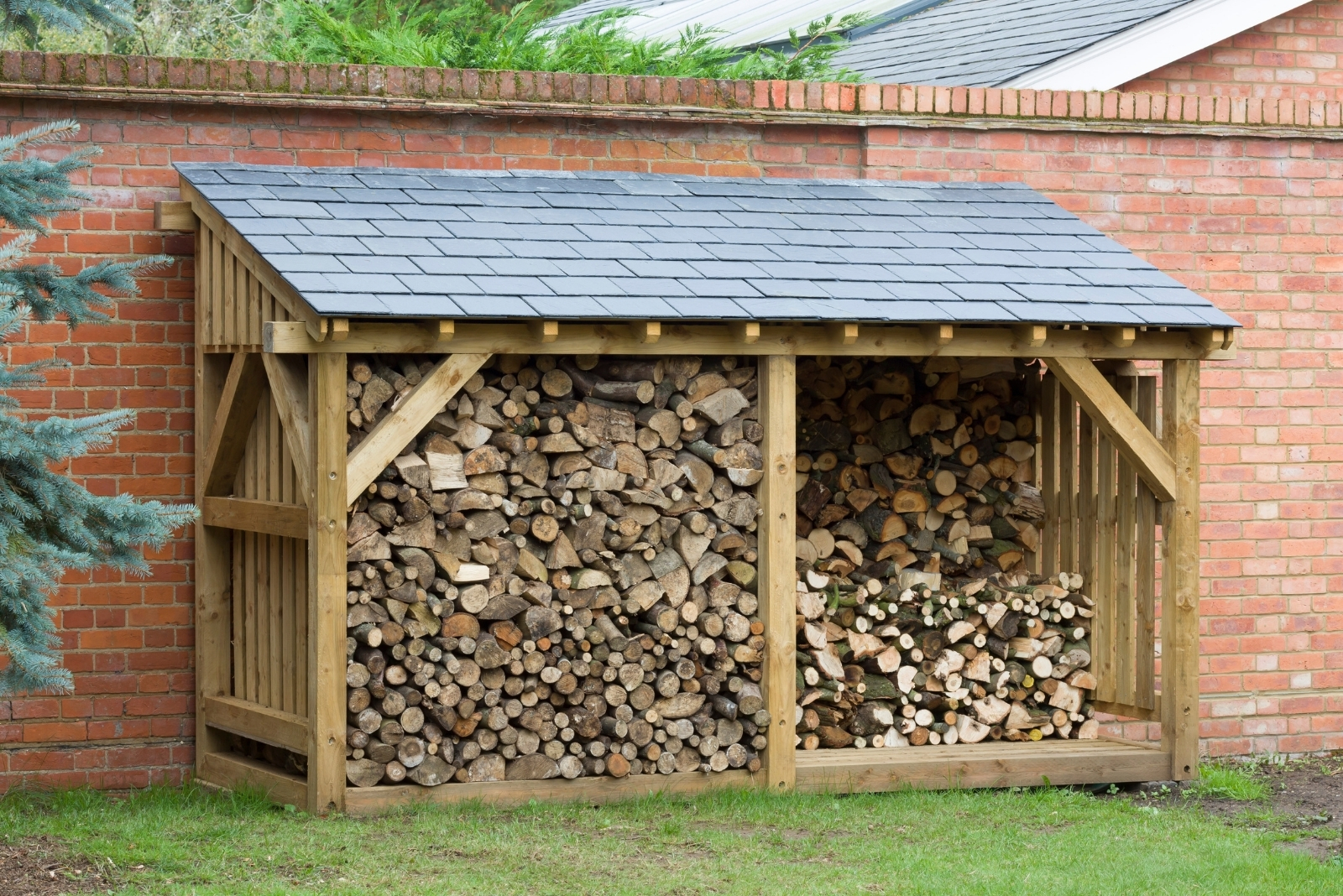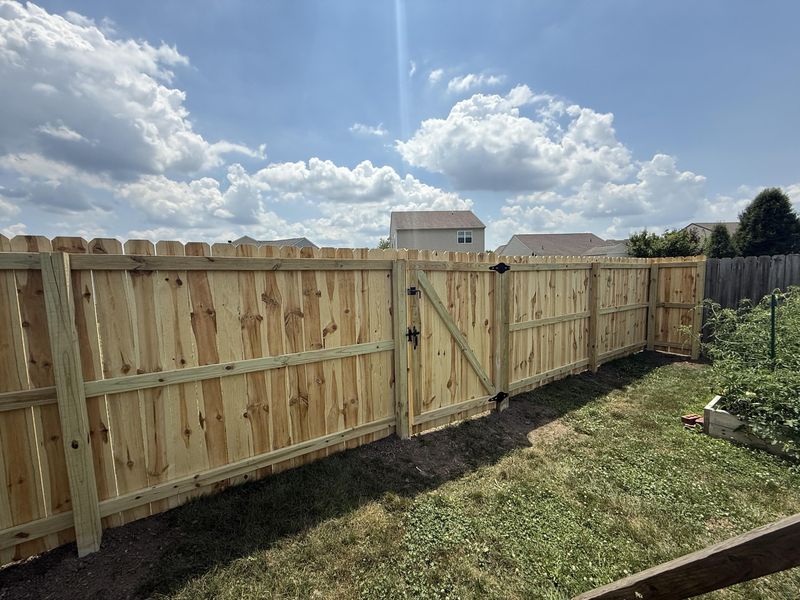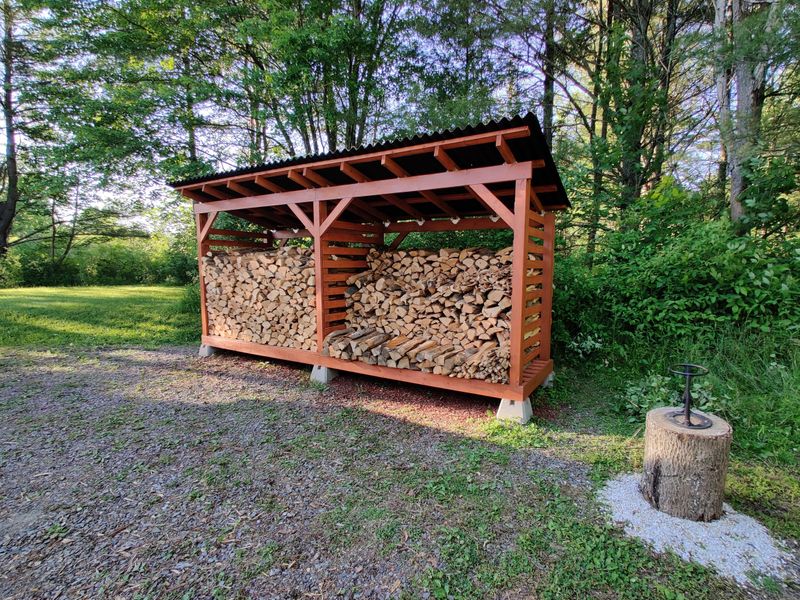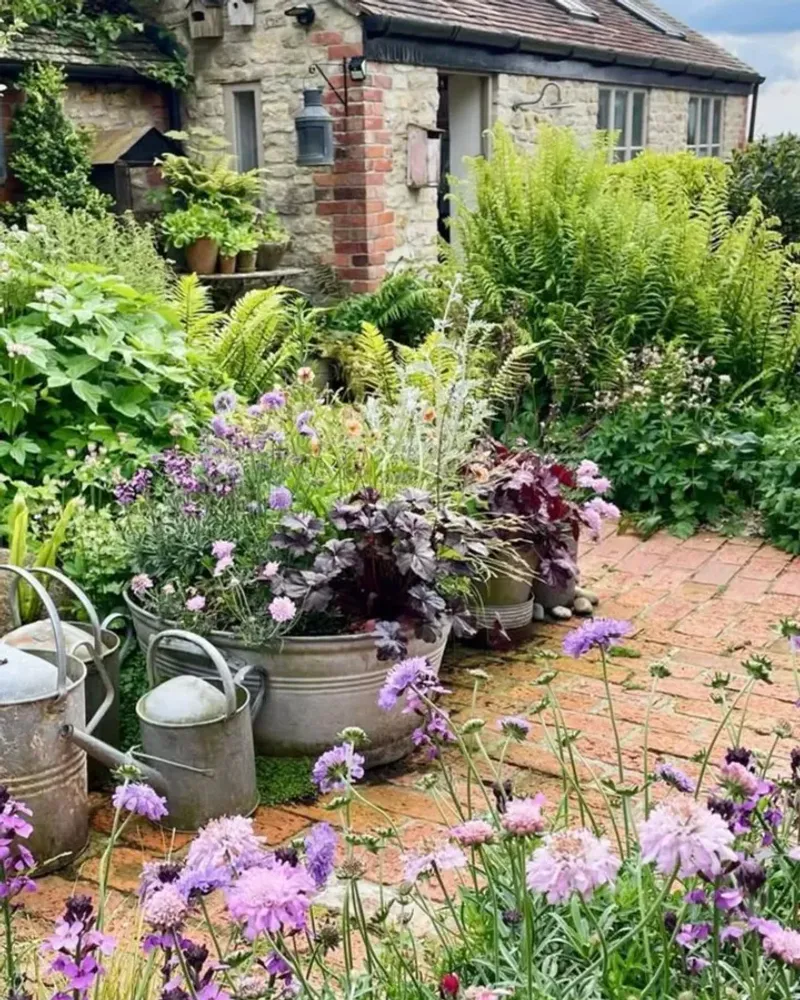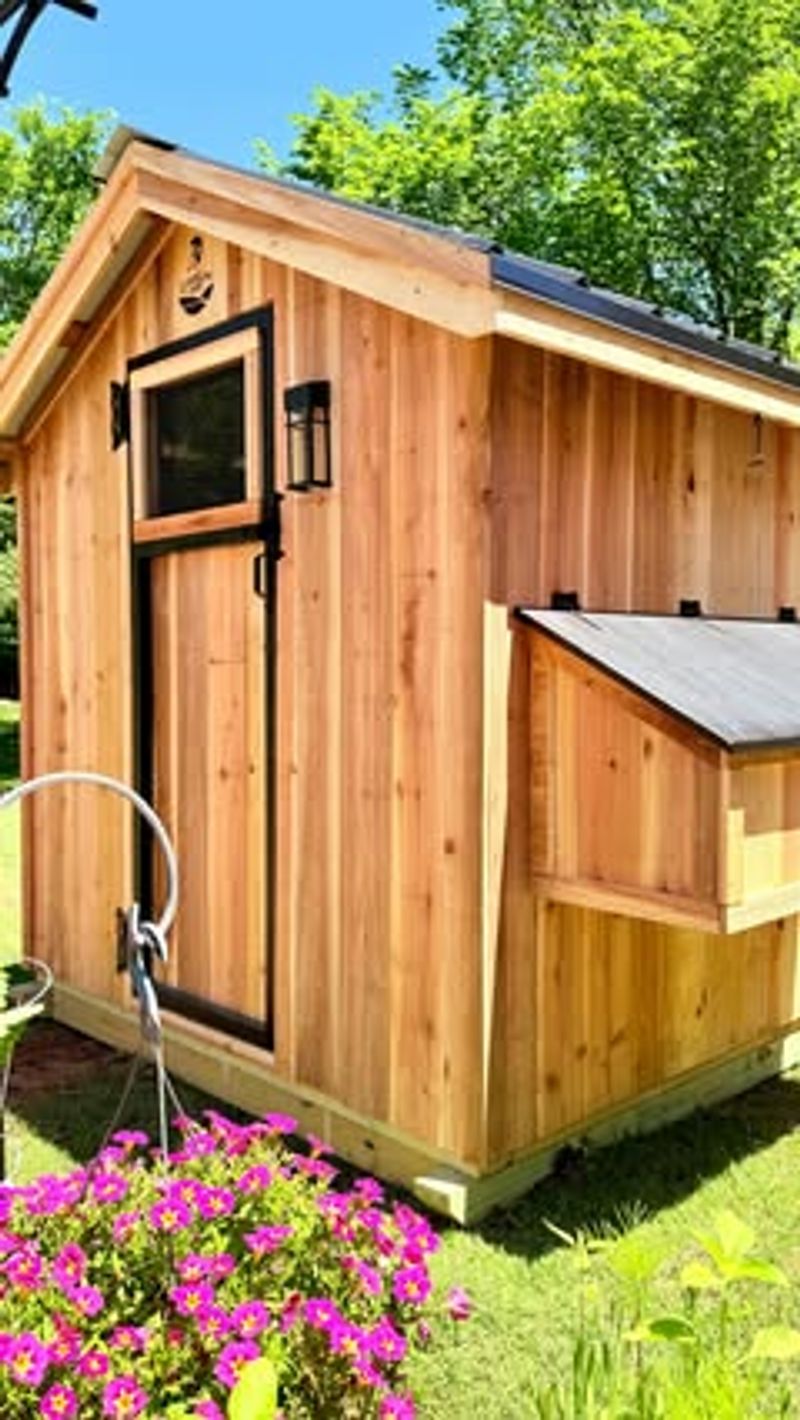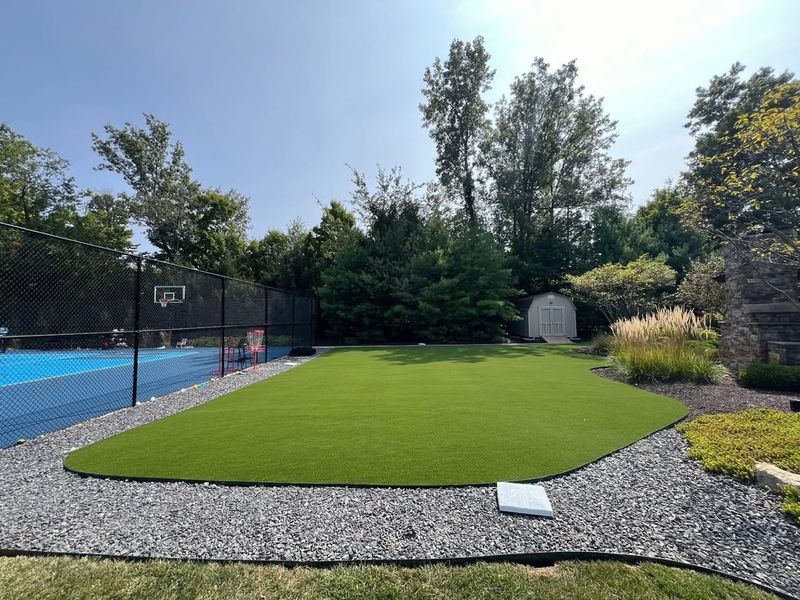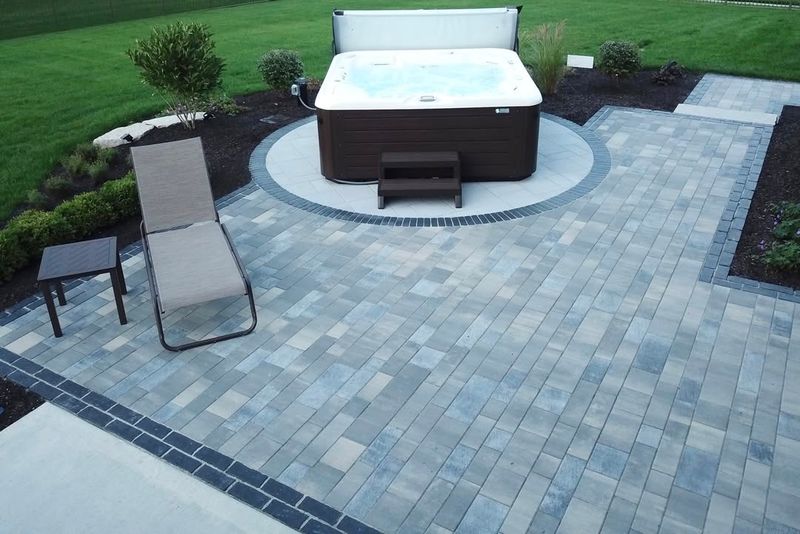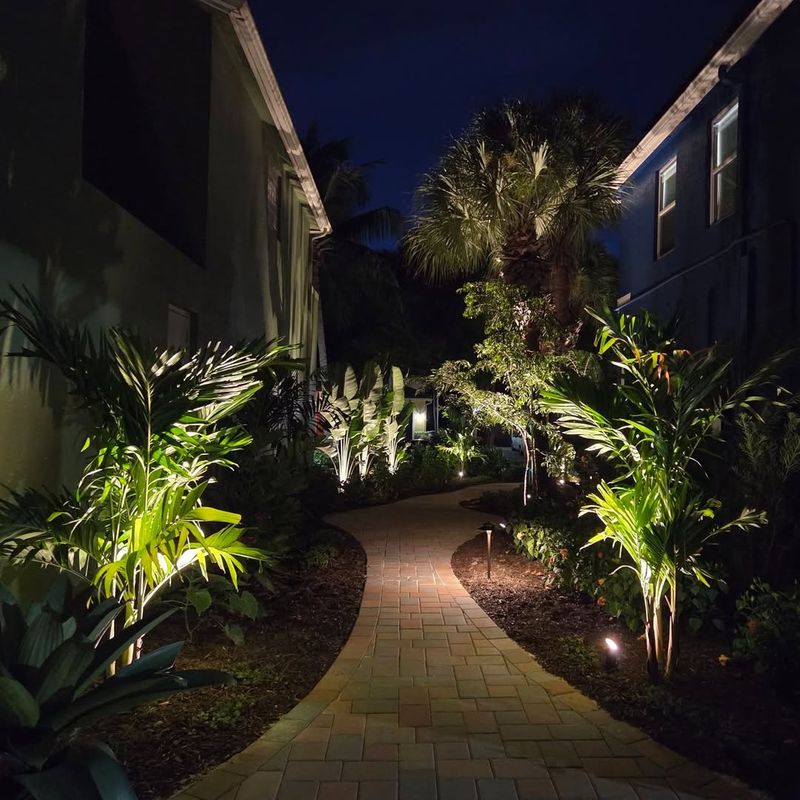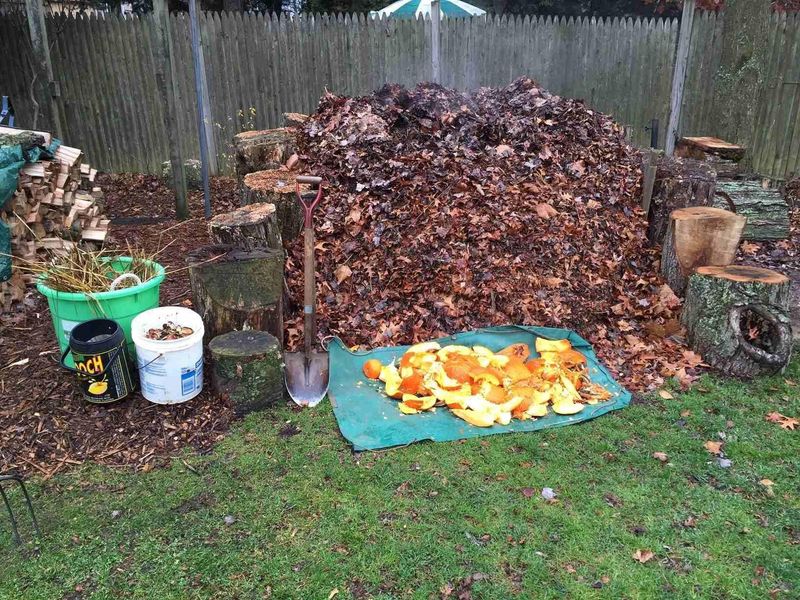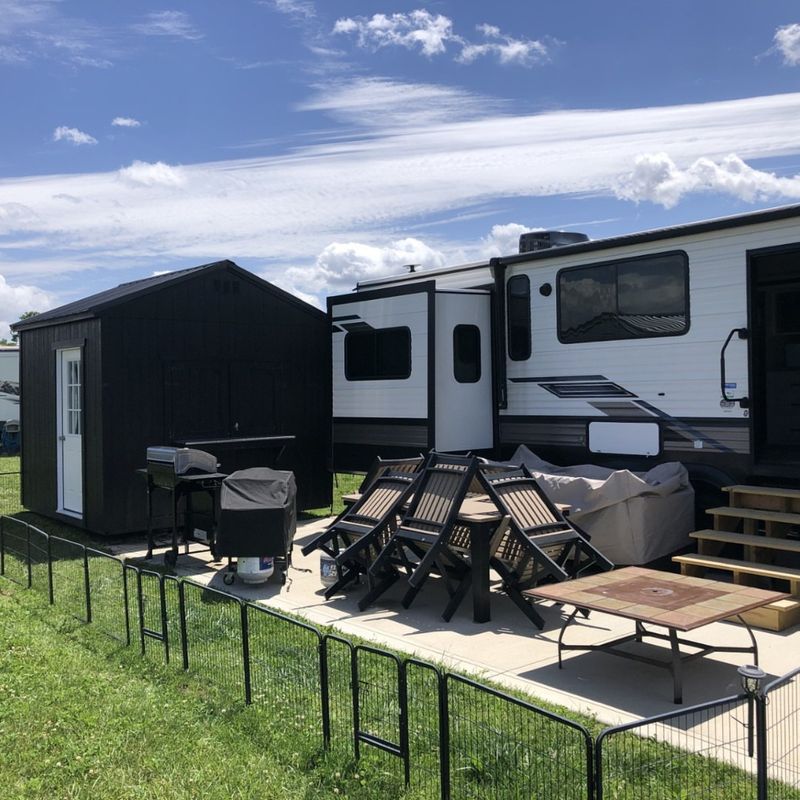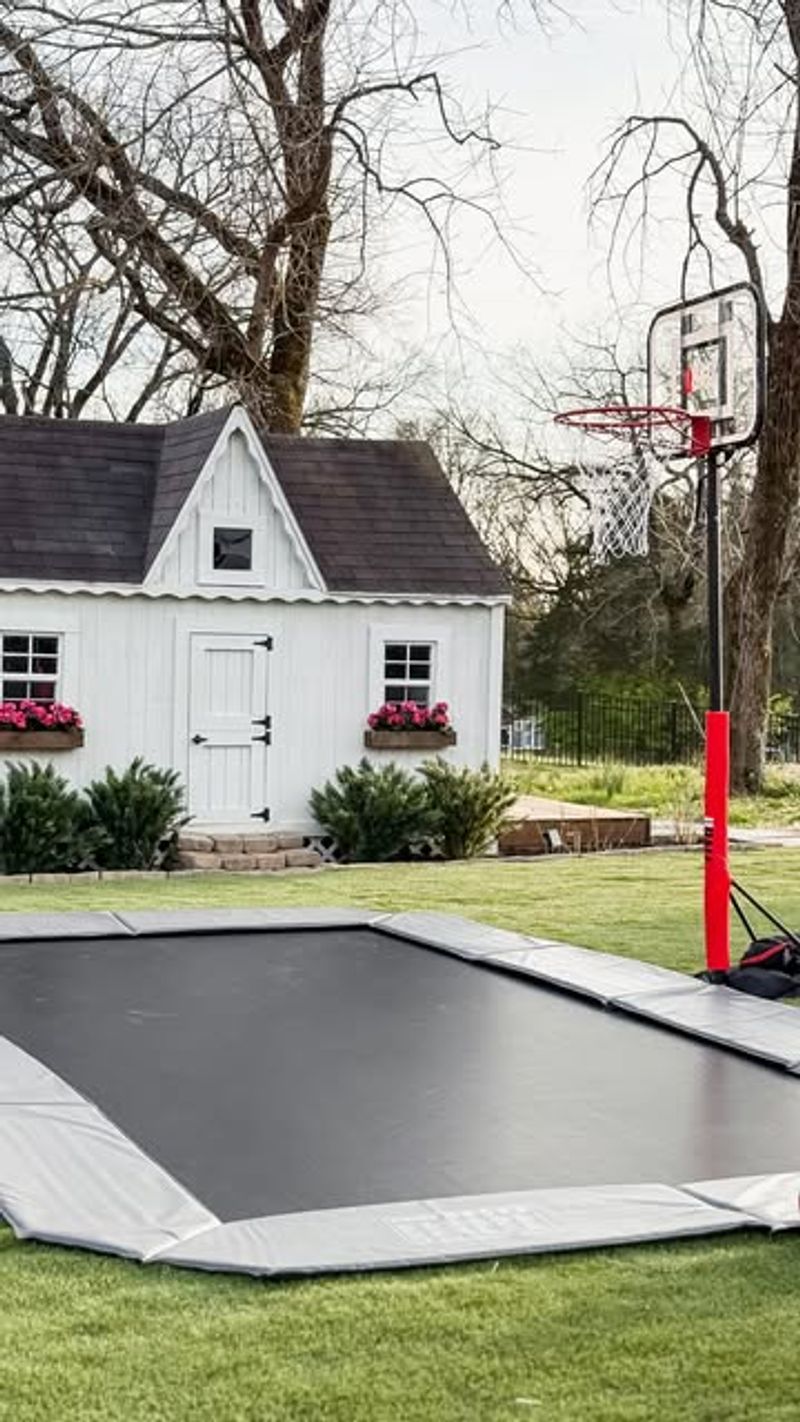Alaska’s landscapes are precious, and so are local rules that protect them. Certain yard features might face restrictions in the near future.
Staying ahead of these changes keeps your yard compliant and appealing. Here’s what every Alaska gardener should know before making changes.
1. Tall Privacy Fences
Many Alaskan neighborhoods limit fence height to preserve mountain views and community character. Regulations typically cap fences at 6 feet, with some areas requiring even lower profiles.
Before building that privacy barrier, check local ordinances. In Anchorage, Alaska’s largest city, permits are often required for fences exceeding certain heights, with violations potentially resulting in costly removal orders.
2. Outdoor Wood Storage
Stacking firewood improperly can create perfect hiding spots for Alaska’s abundant wildlife. Bears particularly find these woodpiles attractive for shelter, creating dangerous human-animal interactions.
Regulations across Fairbanks and other Alaskan communities often specify how far wood must be kept from structures. Some areas mandate covered storage to prevent moisture damage and reduce pest infestations in this northern state.
3. Certain Garden Plants
Several invasive plant species face strict prohibitions throughout Alaska’s neighborhoods. Bird vetch and orange hawkweed might look pretty but can quickly overrun native vegetation and disrupt local ecosystems.
Garden enthusiasts in Juneau, Alaska must carefully select their plantings. The state’s Department of Natural Resources maintains an extensive prohibited plant list, with violations potentially resulting in removal orders and fines.
4. Chicken Coops
Raising backyard chickens faces tough restrictions in many Alaskan communities due to wildlife concerns. Coops attract predators like foxes, wolves, and especially bears seeking easy meals.
Kodiak, Alaska residents face particularly strict regulations given the island’s famous brown bear population. When permitted, coops often require special predator-proof designs, minimum distance requirements from property lines, and limits on flock size.
5. Artificial Turf
Fake grass might seem perfect for Alaska’s challenging growing conditions, but many communities restrict its use. Environmental concerns about microplastic pollution and drainage issues drive these limitations.
Homeowners associations in Wasilla, Alaska often have specific rules about synthetic lawn coverage percentages. The extreme freeze-thaw cycles in this northern state can also cause artificial turf to deteriorate faster than manufacturers claim.
6. Outdoor Hot Tubs
Hot tubs create unique challenges in Alaska’s frigid climate. Many neighborhoods restrict their placement due to energy concerns, noise issues, and wildlife attraction – bears are particularly drawn to warm water.
Palmer, Alaska homeowners often face strict rules about screening and covering requirements. The extreme power demands during winter months have led some communities to implement special permitting processes for outdoor spa installations.
7. Bright Outdoor Lighting
Excessive yard lighting faces growing restrictions across Alaska neighborhoods. During winter’s long dark periods, light pollution can interfere with the northern lights viewing that many residents cherish.
Communities near Denali National Park have implemented dark sky ordinances limiting fixture brightness and direction. Motion-activated lights are often preferred over constant illumination, balancing security needs with Alaska’s unique natural nighttime spectacles.
8. Compost Piles
Open composting creates serious wildlife hazards in Alaska’s bear country. The scent of decomposing food waste acts like a dinner bell for hungry bruins, putting entire neighborhoods at risk.
Seward, Alaska residents must use specialized bear-resistant composting systems when permitted at all. Some communities mandate electric fencing around compost areas or restrict composting entirely during peak bear activity months.
9. Recreational Vehicles
Storing boats, snowmobiles and ATVs in yards faces strict limitations in many Alaskan communities. Beyond aesthetic concerns, these vehicles can leak fluids that contaminate groundwater and snow.
Homer, Alaska enforces seasonal storage rules reflecting the state’s unique recreational patterns. Many homeowners associations require screening or complete prohibition of visible recreational vehicle storage, especially during summer tourist seasons.
10. Trampolines
These bouncy backyard favorites face growing restrictions in Alaska’s windier regions. Unsecured trampolines become dangerous projectiles during the state’s notorious windstorms, threatening neighboring properties.
North Pole, Alaska (yes, that’s a real town!) has specific anchoring requirements for trampolines. Many insurance companies serving Alaskan homeowners also impose restrictions or higher premiums for properties with these potentially hazardous recreational items.

